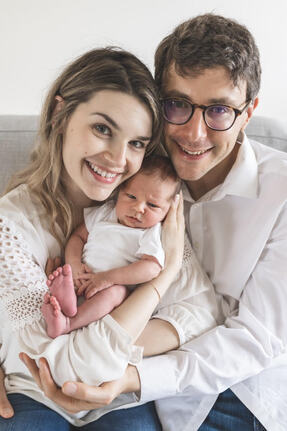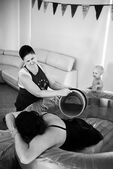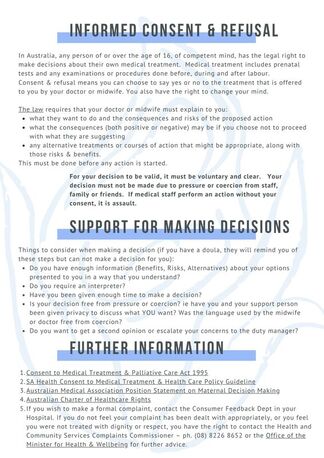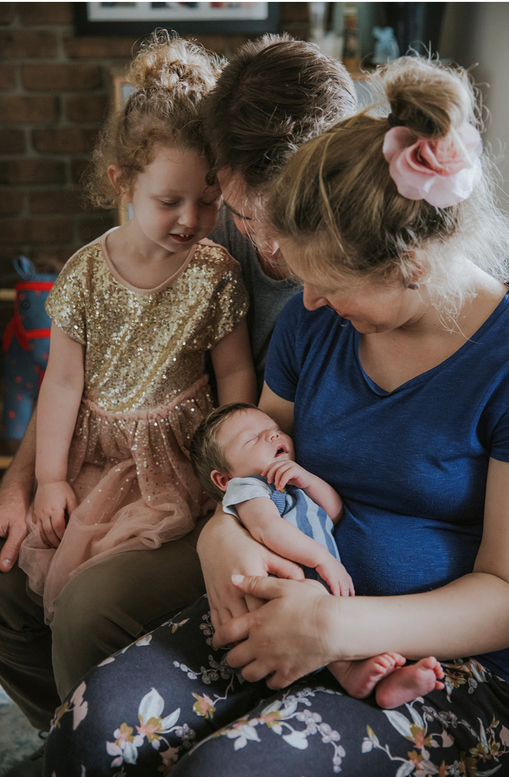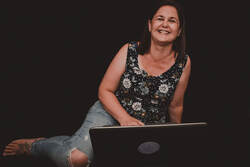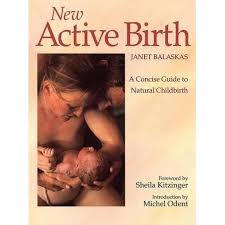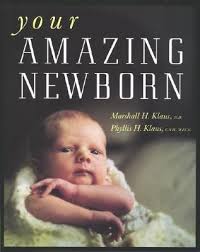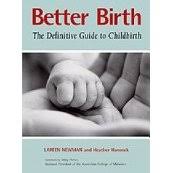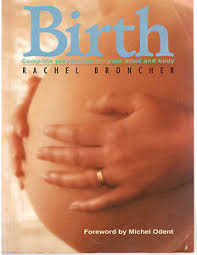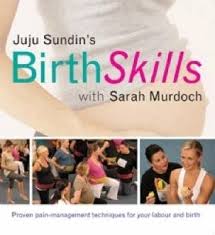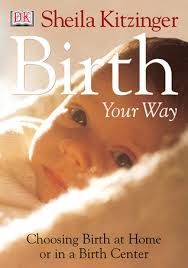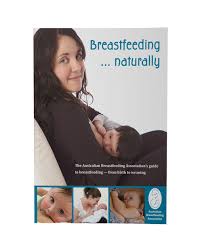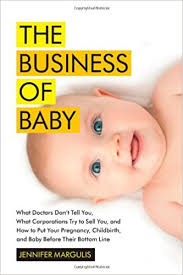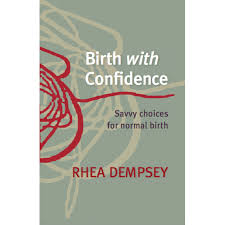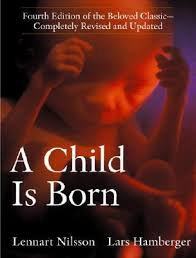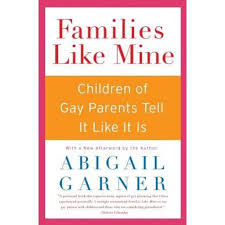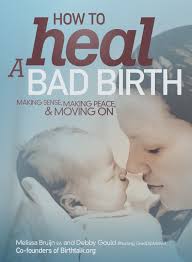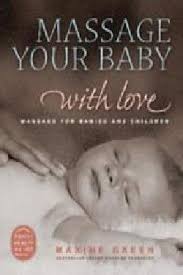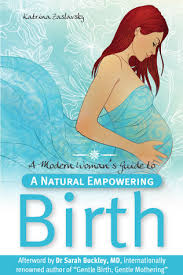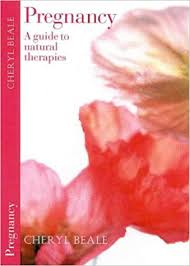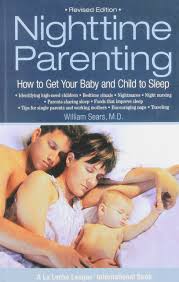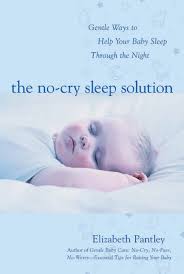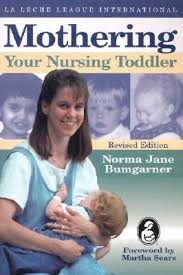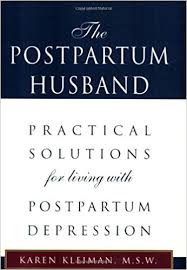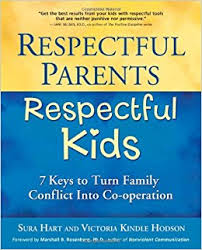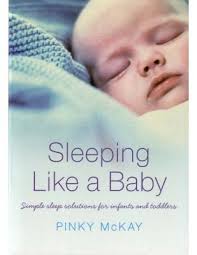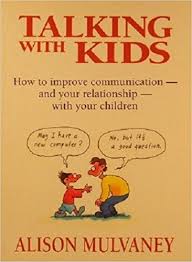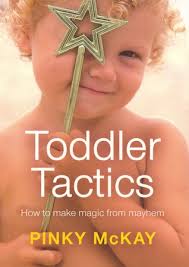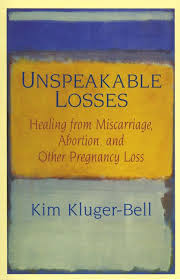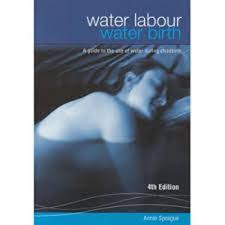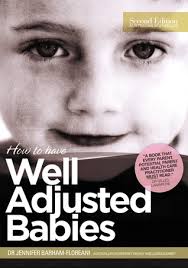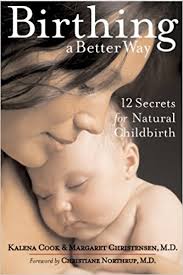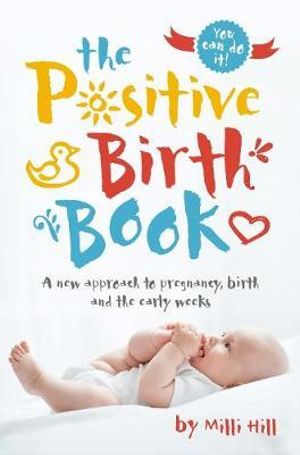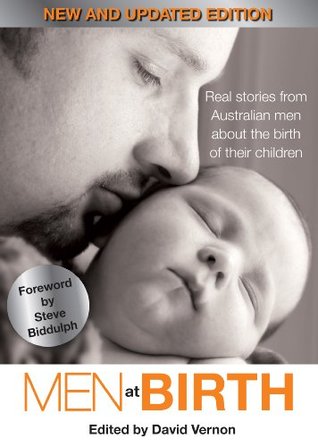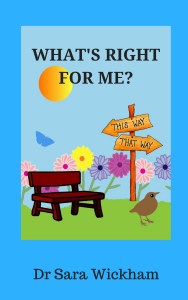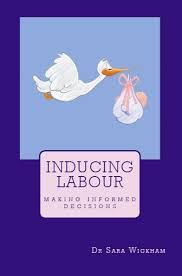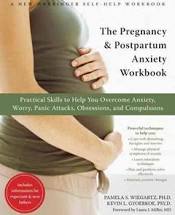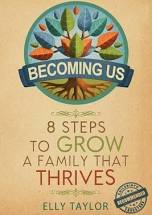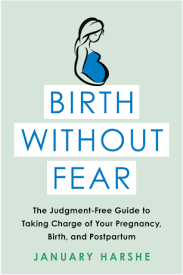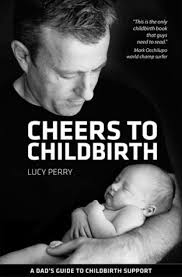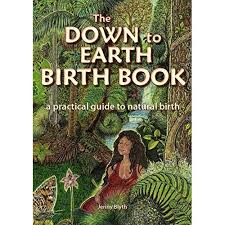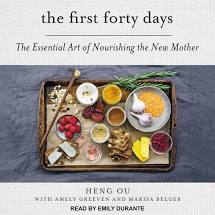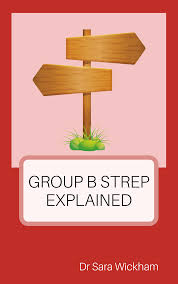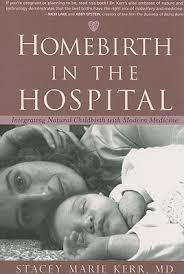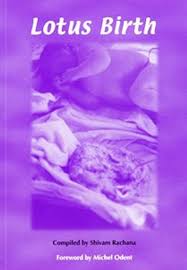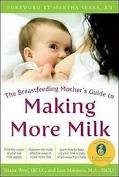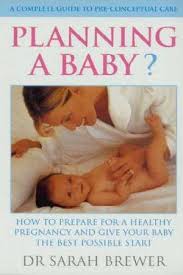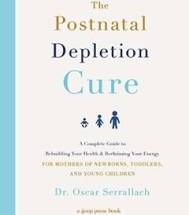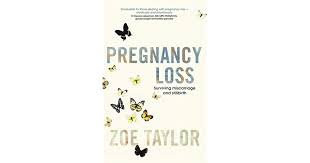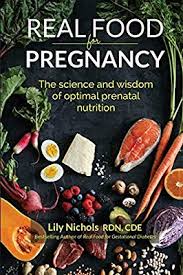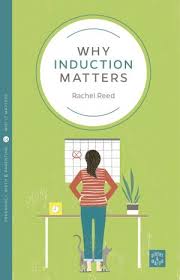|
Another Adelaide Dad has been so kind to share his thoughts on working with me as their Doula for their son's birth at Calvary North Adelaide. I've asked Kyle some interview type questions and these were his responses. Don't forget to keep reading for Mumma's thoughts too. My favourite memories from this birth are Carrie sitting in the bath tub with sunglasses on because there were no blinds in the hospital bathroom and the room was so bright. And I will never forget seeing the OB kick off her shoes and sit on the floor to facilitate Carrie's chosen birth position of standing and leaning on the raised bed. It's certainly something you don't see very often! I also loved these moments because they both show the value of prenatal education and emphasis on factors that can help you achieve a physiological birth - dark lighting and gravity! Thanks again Carrie & Kyle! Dads working with Doula KellyWhat were your honest thoughts when Carrie first mentioned hiring a doula? How much is this going to cost us? If you had any initial questions or concerns about working with a doula, what were they? I don’t think I fully understood what a doula did. My partner (Carrie) had mentioned that working with a doula reduced delivery times and reduced the overall likelihood of interventions but I didn’t know why or how. Could you talk a little about our work together, both during the birth and before and after, from a partner's perspective? Kelly met with us several times leading up to our due date. She set us at ease, both with the birth and in being parents, answered all of our questions, and assured us that she would be prepared if we forgot or needed anything. During the birth, she was there with soothing music and a calm presence. She had a bag full of anything we could possibly need, including pressure point cue cards that came in handy for pain management. Kelly supported my partner both emotionally and physically. At one point, when my partner said “I can’t do this”, Kelly responded, “you are doing this”. Sometimes, it's reassurance like that which can make all the difference. She was a body to lean on, when I grew tired or couldn’t be there. She even took pictures of the birth for us which was a life saver. How would you explain a doula to your best mate? If this is your first time, you’re going to be clueless. If it’s not, then you already know. Do yourself a favor and get a doula. A good doula will keep you sharp and focused because a doula is just as much about supporting you as much as they are about supporting your partner, allowing you to be your best self, so again, you can be there for your partner. She’s like an angel on your shoulder, reminding you of all things you should be doing, and providing a third and fourth set of hands when you need it. What is your advice to other dads and partners who may be considering a doula now that you've experienced birth with a doula? You absolutely will not regret it. A word from Mum"Being an expat and first time mum, I wanted to be sure my husband and I had a support system in place for our baby's arrival. Kelly is nurturing, kind, and incredibly knowledgeable. In our sessions leading up to the birth, she helped educate us on the system here in Australia, guiding us to create a birth plan we felt comfortable and empowered by. Her calm and gentle demeanor was exactly what I needed during labour. I burst into tears when she came into the room; like her arrival made it real, but that I was safe. If we didn't think of something, it didn't matter because we had Kelly there and she probably had it in her bag of tricks. (I'm still thankful she was able to quickly get the diffuser going when the hospital served my husband the world's smelliest lunch.) It was a long day, but she kept us going, offering so much physical and emotional support on such an intimate level. Kelly even captured some photos of my son being born, and they are images I will treasure for the rest of my life. I couldn't imagine giving birth without Kelly and I hope I never have to."
And how does a doula advocate for you?When you choose to give birth within the system (through a public or private hospital or one of the homebirth programs), you must be aware that Obstetricians and Midwives will treat you according to the policies of their hospital and state. In South Australia, these are the Perinatal Practice Guidelines, and you can find a link to them at the end of this blog. The government website states that "The statewide guidelines do not address all the elements of clinical practice and assume that clinicians are responsible for discussing care with consumers in an environment that is culturally appropriate to ensure informed decision-making and individualised care for pregnant women, mothers and their babies. The emphasis on specific terms is mine. Because although the health departments mention this in their documents, women rarely receive wholly culturally appropriate, individualised care with a real opportunity for informed decision-making. Let me share some examples. Is it culturally appropriate care to tell a woman she can not have her placenta straight away for burial because part of a policy says that the hospital must stick it in a fridge for seven days, along with every other placenta born there that week? No. Is it individualised care for a midwife to tell a woman that the last person she saw with higher blood pressure was induced straight away, so that is what she will need to do also? No. Has the opportunity for informed decision making been given when a midwife performs a stretch and sweep while doing a cervical exam without asking the woman first? Just because the midwife wanted to "razz things up a bit" No. Is a decision free from coercion when the unit manager storms into a woman's birth space without introduction, demanding to know why the labouring woman isn't consenting to a suggested course of action? No. Is it individualised care for a midwife to tell a woman that she will not attend her birth if she doesn't consent to cervical checks, despite knowing the woman has a history of sexual abuse? No. Has a woman given legally valid consent to have continuous monitoring if the OB only tells her that if she refuses, her baby could suffocate and they won't know about it until it is too late? No. These aren't made-up scenarios. My clients have disappointingly experienced them all and I have witnessed the majority of them. So as your doula, what do I do in these types of situations? How do I advocate for you? It's a question I often get asked. I know that these are all stressful situations which can interrupt the labour process, so my first action is to remind my client that she isn't alone in this - reassuring her with a touch, eye contact or even a smile to help her settle her nervous system as much as possible. Depending on the situation and timing of the event, I might also do any of the following:
If you would like to learn more about what informed consent and refusal looks like, you can download the free handout below. Click on the picture to get your pdf and print it out. Hey, you could even take it with you to your appointments if your health professional needs a little reminder =) Further Reading
Vanessa and her family hired me to support them for the birth of their second baby with a planned VBAC (vaginal birth after caesarean). As part of my prenatal visits with clients, I talk a lot about birth preferences. Birth preferences include what I call "checkbox items". You know, like the boxes you might tick on a form or birth plan template:
However, the birth preferences I want my clients to really focus and work on are how they want to feel during labour and birth and how they want to be treated. Feelings that are important to my clients often include phrases such as calm, respected, not pressured, informed etc. We can't control (but can influence) how our bodies and our babies work during childbirth but we do have control over our actions and role. We can think about how we want the maternity provider we have chosen to treat us. We can determine the level of responsibility we are ready to claim in decision making and the actions we are willing to take to achieve these goals. Because when the unpredictability of birth kicks in and clients have to adjust their checkbox items, we can still focus on these feelings and their values. How can I change my checkbox items from a VBAC to a repeat caesarean while still feeling informed of what is happening to me and my baby, while still feeling respected, while keeping the environment calm and not rushed? That’s where the magic lays in a positive birth. "HOW the birth is conducted might be just as important as WHAT you do.... Positive communication and interactions throughout the birthing process significantly affect the woman’s experience, which in turn can affect both her mental and physical health, as well as her relationship with her baby postnatally." Click here to read the whole article related to the above quote about the importance of the language used by care providers in birth. In Vanessa's own words"I was worried (in fact, super scared) that I would have another birth where I walked away feeling like I didn’t have a very nice birthing experience. Hiring Kelly meant that I could work through many scenarios and know that I could put my mental health first and have others ‘checking in’ on my mental health. So as the birth didn’t end up being as I had planned, I came away from the birth this time in love with my new little human. The most helpful thing was having someone who knows the system on my side. It was like having a very strong emotional pole to hold onto and to feel grounded the whole time. This was important for me as it meant I could be confident in my choices throughout the process. She was a sounding board throughout the birth. I found the hospital system and birthing classes just gave a general overview of the birthing process but nothing was customised to me and my birthing situation (what happened the first time). This time around, with Kelly’s help, I felt like I had more knowledge so was able to ask deeper questions and research more to ensure I was happy with what was going on around me. She was a great support for my partner who felt he had a better understanding of my situation too with both my physical and emotional needs. It’s great to have a professional person to looking out for me mentally and emotionally. Although my birth didn’t go quite as planned (I was hoping for a VBAC but ended up with a RCS) I came away from the birth in my baby love bubble, something I didn’t experience first time round. Because of this, Kelly is worth her weight in gold." Vanessa & Baby Jett - Happy Valley
I have a bunch of books in my office that clients are welcome to borrow. Please let me know if you are interested in reading any of them. I do ask for a $20 fully refundable deposit for any item I lend out just in case they don't come back and I need to replace them =) Subjects include:
Click on the thumbnail to see the full cover and scroll through the other books Last updated 13-4-2020
To my wonderful clients and families and the Adelaide birthing community We are living in uncertain times at the moment and many of you may be feeling anxious. When I'm feeling like this, I like to make lists, research and be prepared. I reflect on what I know to be factual right now and check if am I having thoughts and feelings that are trying to predict the future. This post is long and contains extensive links for your own research. My hope is to bring you calm and reassurance with this post. First of all, I want to share with anyone who is pregnant the following resources to relieve any immediate anxiety. The current recommendations and evidence show that the virus is not passed between mother and baby in-utero and that the mother-baby dyad should be kept together after birth. Breastfeeding is highly encouraged for its immunological benefits. Your baby and breasts communicate to provide your baby with specific support for any pathogens that may be present. I am following the best practices for health, with my clients and my own family. These preventative measures include:
I also know that COVID 19 is bringing changes to the way hospitals currently function. As of today, Hospitals are asking to limit visitors to 1 support person at birth and postnatally. Other changes include the prohibition of gas for pain relief and labouring/birthing in water. I have also seen one hospital recommend all women are asked to have an epidural ... Please discuss all your options with your primary care provider or myself. I can support you to labour at home or have a homebirth with a midwife present! For my placenta encapsulation clients: You are still able to keep your placenta and have it encapsulated. The only change that is necessary is that your partner or a support person will need to meet me at the hospital entrance to give your placenta to me. I am then not "visiting" you in hospital and this will also help minimise my exposure so that I remain well for all my clients. You also have the option of taking your placenta home and I can collect it from there. If you would like to do this, please refer to your booking confirmation for details on keeping your placenta cold at all times or call me during business hours for further details. For those who do not have collection & delivery as part of your package, you are still welcome to bring your placenta to me. Contactless delivery is practised at all times. If you would like me to wear protective gear during our meeting (even though this isn't currently required if we are both healthy), just let me know so I can organise this in advance. I always sanitise my hands at hospital visits and after handling placenta containers anyway but I am happy to wear a surgical mask and gloves if you wish. Should you or I show any signs of having COVID 19, let's have that discussion when it happens. The limited research available shows that the virus is not found in amniotic fluid, breastmilk etc of infected mothers. I am here for you so if I can reassure you in any way, please email me. I also want to remind you of my standard infection control procedures. I only process one placenta at a time and my "placenta lab" and any equipment is thoroughly sanitised between each placenta. I wear personal protective equipment at all times and my sanitisation procedure includes the use of Clinell Wipes, Soapy Water, Viraclean Spray & Bleach Solution. I am well-stocked in these products and personal protective equipment. For my doula clients: Just like birth, we are dealing with the unknown. We don't know exactly what is going to unfold or how the timing of the event will play out. As a doula this is part of my job. I have a key skill set in dealing with the unknown and living with the now and I can't reiterate enough that I am here for you. All pre and postnatal visits are still available. As with placenta clients, if you would feel more comfortable with me wearing personal protective equipment, then just let me know. I will bring hand sanitiser with me as well. If we all practise hand-hygiene that is a great way to prevent transfer. If anyone in your family is unwell or if I become unwell, we'll discuss our options. We can still talk over the phone or through video conferencing via Zoom. When you are in labour, I will be there to support you to labour at your home as long as you feel comfortable to do so. This has always been part of my service, COVID 19 or not =) As hospitals are currently only allowing 1 support person, unfortunately my physical support will need to finish at the hospital door. I will still be there for support via video calls at any time. If you do not have another support person, I can accompany you into hospital. If you are my client, you know that I am big on you having all the information to make an informed decision and on my clients feeling comfortable in advocating for themselves. So I'm laying it out for you here. The daily uncertainty of support should not be the thoughts of any pregnant person. Here is some information for your family, some steps you can take and things to discuss with your hospital: 1. Doulas are not visitors. I am a professional support person contractually hired by you. I work for you, not the hospital. The fact that you have hired me means you see me as an essential part of your wellbeing and care and hospitals should too. I also value the work I do and will not just step-aside as a "passive visitor" unless my clients ask me to do so. 2. I am happy to comply with the same personal protective measures that the hospital requires of its midwives and doctors. That may include registering at reception and completing a screening by their staff. And of course I will wear any protective equipment they require. For your extra information I have always done and will continue to do the following:
3. I am not a lay person. Doulas are para-professionals in the birth space. I have undertaken extensive training from numerous organisations. Not only in perinatal support but also in hand-hygiene, infection control and the governments COVID 19 training. If your hospital would like to see copies of my certifications, please let me know. I have attended enough births that would be required of a student midwife to complete their studies. Doulas are an irreplaceable part of your health care team. 4. I hold my own insurance. 5. Please print out this letter and give it to your care provider during your antenatal appointments. Tell your provider that we all want to be on the same page and ask them to advocate for you and your doula at any facility policy meetings. Have these discussions as soon as possible and let me know any outcomes. We will work together for the best outcome for you. 6. Ask the manager or director of birthing services for written verification that I will be "allowed" to remain on your birth team in hospital. 7. If you receive support from a mental or allied health professional, ask them for a letter of support requesting that I continue as part of your care team for the benefit of your wellbeing. 8. You care about the quality of your birth experience and desire the best possible outcome for you and your baby. Evidence shows that continuous support can decrease the risk of cesarean, the use of medications for pain relief, and the risk of a low five minute Apgar score. Labour support also increases satisfaction and the chance of a spontaneous vaginal birth. Continuous support may also shorten labor and decrease the use of synthetic oxytocin. These outcomes are backed up by solid research and evidence. You can access a summary of the research at this link. 9. It is your human right to decide who attends your birth. If the hospital denies your choice of professional labour support attendant, they are negating your human rights. The World Health Organisation includes support from a companion of choice as one of their recommendations for a positive birth experience. 10. AWHONN (the Association of Women's Health, Obstetric & Neonatal Nurses) released a statement on 11-3-20 stating that they recognise that doula services contribute to the woman's preparation for and support during childbirth and opposes hospital policies that restrict the presence of a doula during a person's active labour. "Doulas are not visitors and should not be blocked from caring for patients in the antepartum, intrapartum and postpartum period. Most doulas have been contracted by patients weeks to months ahead of time and have established provider relationships. They are recognised by AWHONN and ACOG as essential personnel and part of the maternity care team." You or your provider can read more about their statement here. 11. Practise with your partner what you want to say to your provider. You can use these statements to advocate for your right to doula support: "My doula is not a visitor. She is an essential support person and member of my care team." "No matter the restrictions, this hospital should acknowledge my values and personal agency." "I will not give birth here without my doula." 12. When you call the hospital to let them know you are in labour and heading in, tell them "We are bringing our professional doula with us. She will complete the screening process along with my partner." 13. We can plan for me to accompany you to hospital regardless of any uncertainty. It is harder for staff to turn me away if I am already present and you are insisting I support you. 14. If your hospital refuses to let me physically support you, you can:
15. In the case of my clients or myself being unwell, the hospital refusing entry to myself or you choosing not to have me present at the birth, we still have the options of using a backup doula or utilising technology so that I can be a virtual presence in your birth space. Your options will depend on the situation and what you are comfortable with. But as with birth, you always have options. It is always your choice, even if it is a hard decision to make and I will always support your choices. These are unforeseen circumstances and I will do my best to provide you with the support you hired me for. Let's all support each other and our communities. Be alert but not alarmed. Be well. Kelly x |
freebiesPrepare for an easier fourth trimester with these 25 Secrets From A Postnatal Doula!
blogs
All
About MeKelly Harper is the owner of Elemental Beginnings Doula & Placenta Services in Adelaide. She provides sleep consultancy, placenta encapsulation and doula services to families during pregnancy, birth and in their fourth trimester. |
|
© 2023 Elemental Beginnings |
|
PREGNANCY, BIRTH & POSTNATAL SUPPORT DELIVERED WITH ❤ THROUGHOUT ADELAIDE & SURROUNDS

